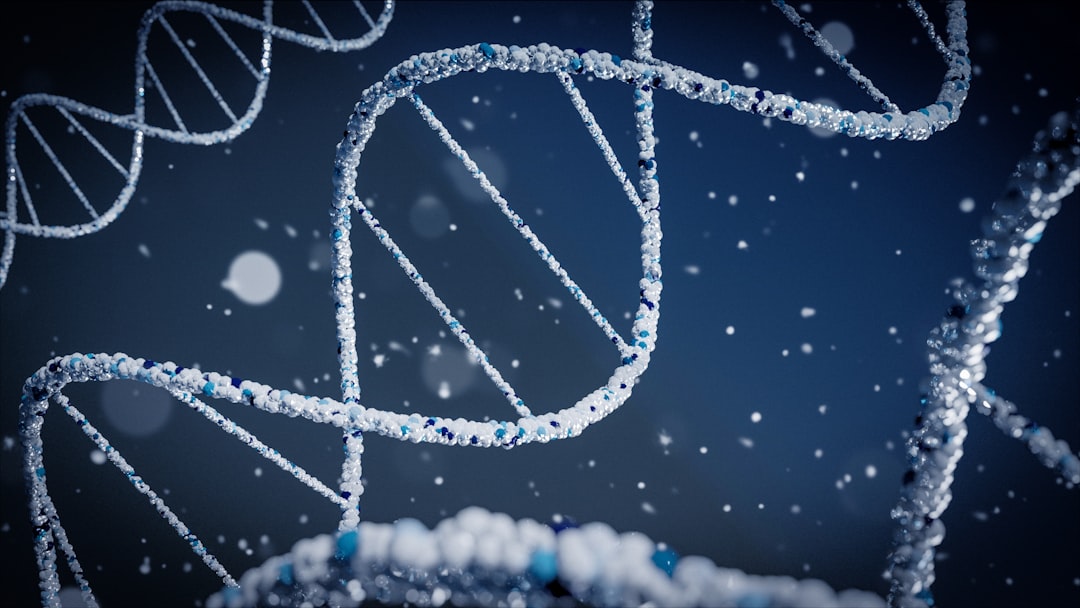What is it about?
This paper explains the mechanisms of surface microrelief and waviness formation after ultrasonic processing. It is shown that geometrical parameters of relief depend on technical mode of processing. As a result of the research, three-dimensional characteristics of the microrelief formation model were specified.
Featured Image
Why is it important?
To evaluate the performance properties of workpiece surfaces, it is necessary to describe three-dimensional characteristics of the microrelief. In particular, the oil absorption value of the surface is important for the parts working in friction pairs. In this regard, it is necessary to improve the existing model in order to determine such microrelief parameters as the size and volume of a single fragment and the total volume of all the fragments of the machined surface so that the amount of lubricant retained by the surface could be calculated.
Perspectives
The research results obtained can be implemented when creating oil-retaining microrelief on friction surfaces with prescribed parameters of oil-retaining holes which are fragments of the microrelief to calculate the necessary amount of lubricant. Creating a developed surface due to changes in the microrelief and waviness parameters ensures the activation of the surface. This can be useful for surface preparation before coating in order to provide a large area of interaction with an active medium. Furthermore, the formation of waviness can be used for decorative purposes. The proposed model makes it possible to choose machining modes in which waviness does not emerge in order to obtain a smooth surface without undulations in the process of machining.
Iulia Kudryavtseva (Semenova)
Novosibirsk State Technical University
Read the Original
This page is a summary of: Surface State Control by Ultrasonic Plastic Deformation at the Final Machining Stage, Materials and Manufacturing Processes, June 2015, Taylor & Francis,
DOI: 10.1080/10426914.2015.1058948.
You can read the full text:
Contributors
The following have contributed to this page










